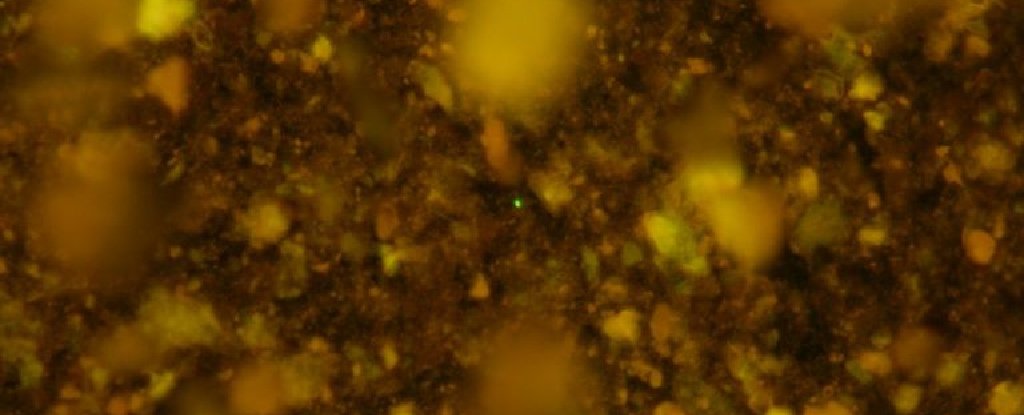Products You May Like
Researchers have successfully revived tiny microbes trapped dormant in a seemingly lifeless zone of the seabed for more than 100 million years.
A team of scientists from Japan and America were looking to see whether microscopic life survives in the less-than-hospitable conditions beneath the seafloor of the Pacific Ocean.
“We wanted to know how long the microbes could sustain their life in a near-absence of food,” said microbiologist Yuki Morono from the Japan Agency for Marine-Earth Science and Technology, who led the study.
They got their answer: microbes that had been trapped in seabed sediments deposited 100 million years ago could be revived with the right food and a bit of added oxygen.
Which is impressive. The pressure is immense for microbes on the seafloor, all that water stacked on top of the seabed. Not to mention the lack of oxygen, few essential nutrients, and the measly energy supplies.
When life gets trapped in other high-pressure environments, fossils usually form given a million years or more, but these mighty microbes were very much alive.
“We knew that there was life in deep sediment near the continents where there’s a lot of buried organic matter,” said Morono’s colleague, geomicrobiologist Steven D’Hondt from University of Rhode Island. “But what we found was that life extends in the deep ocean from the seafloor all the way to the underlying rocky basement.”
[embedded content]
The soil the microbes were trapped in was taken from a 2010 expedition to the South Pacific Gyre, a seemingly lifeless zone in the centre of swirling ocean currents to the east of Australia, known as one of the most food-limited and life-deficient parts of the ocean (and a trash vortex, with all the plastic pollution it gathers at the surface).
As part of a 2010 expedition onboard the JOIDES Resolution drillship, the team extracted sediment cores going as deep as 75 meters (250 feet) below the seafloor, which rests nearly 6 kilometres (almost 20,000 feet) below the ocean’s surface.
They took samples from ancient pelagic clay, which accumulates in the deepest and most remote parts of the ocean, and much younger and chalky nannofossil oozes, between 4.3 and 13 million years old.
They found oxygen-consuming microbes (and dissolved oxygen) right through every layer of the cores, from top to bottom, and at every site they sampled in the South Pacific Gyre. But the microbes were hiding out in very low numbers.
On board the ship, samples were taken out of the sediment cores to see if the energy-starved microbes had retained their “metabolic potential” and could feast and multiply.
The ancient microbes were given a boost of oxygen and fed traceable substrates containing carbon and nitrogen, their food of choice, before the glass vials were sealed, incubated and only opened after 21 days, 6 weeks or 18 months.
Even in the oldest sediments sampled, the researchers were able to revive up to 99 percent of the original microbial community.
“At first I was sceptical, but we found that up to 99.1 percent of the microbes in sediment deposited 101.5 million years ago were still alive and were ready to eat,” Morono said.
After their lengthy incubation, the microbial communities were sorted based on their genes. The researchers reported the seafloor soils were dominated by bacteria, but not the type that form spores, which means they were ready to grow as soon as they were given the right food.
Some microbes had quadrupled in numbers and consumed the available carbon and nitrogen 68 days into their incubation.
“It shows that there are no limits to life in the old sediment of the world’s ocean,” D’Hondt said. “In the oldest sediment we’ve drilled, with the least amount of food, there are still living organisms, and they can wake up, grow and multiply.”
It’s not only at the depths of the oceans that microbes have shown how hardy they can be. Scientists have also found microbes living in extreme conditions in Antarctica, as well as the driest deserts.
The study is published in Nature Communications.
